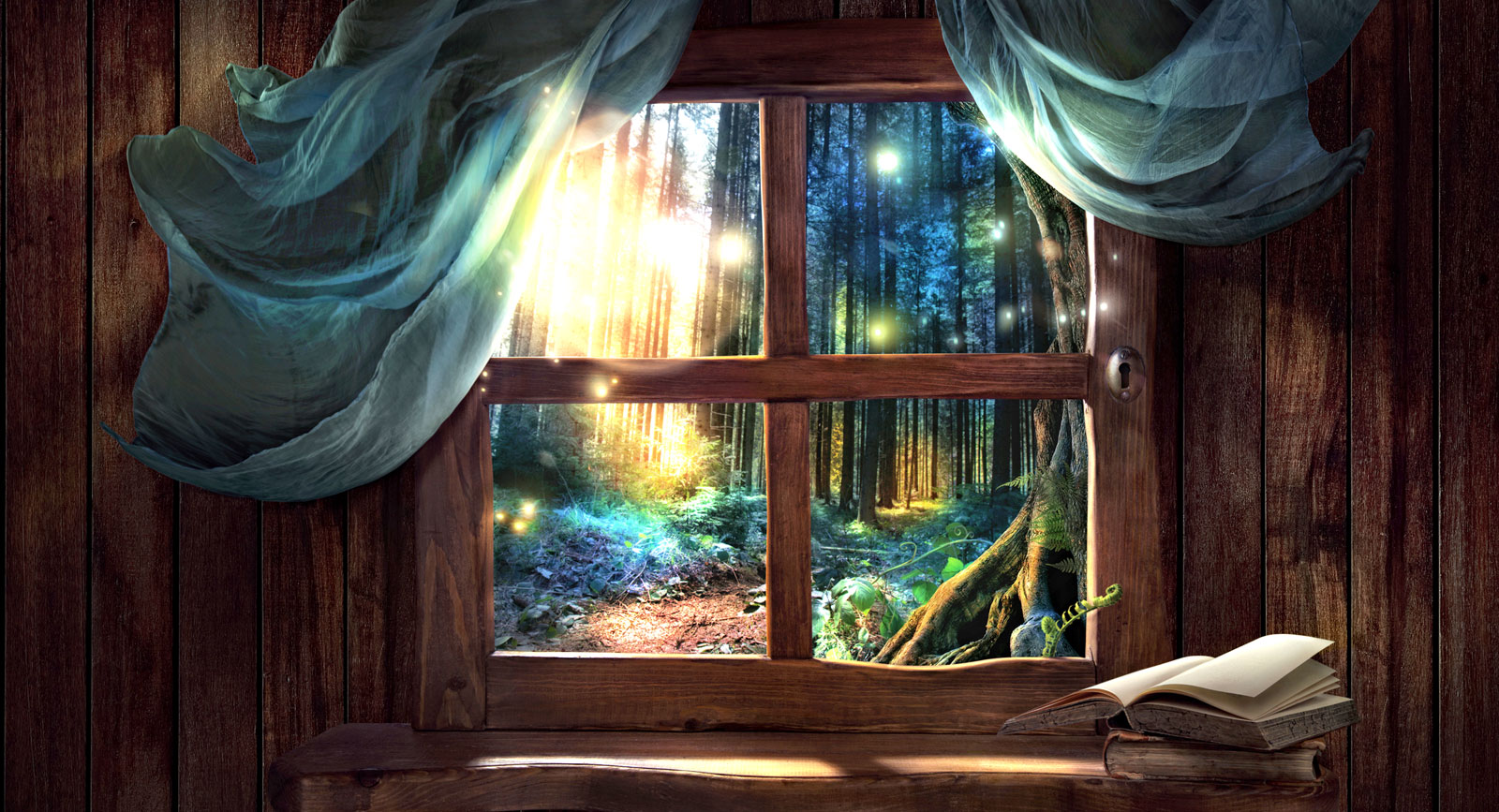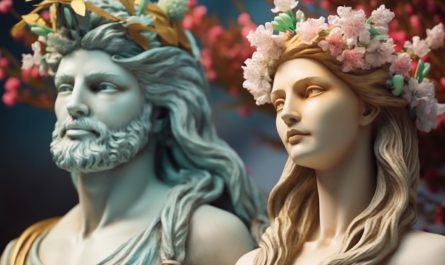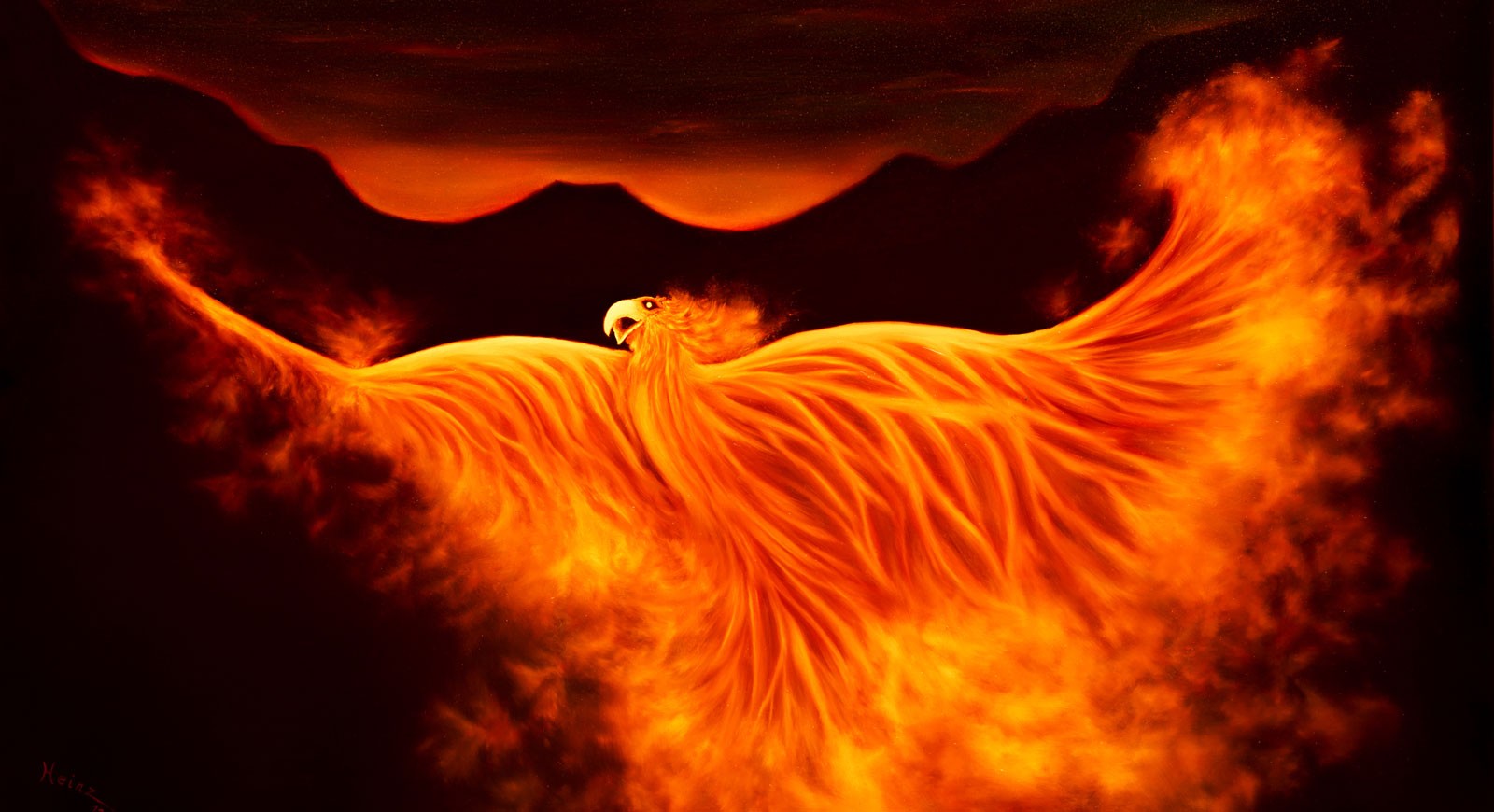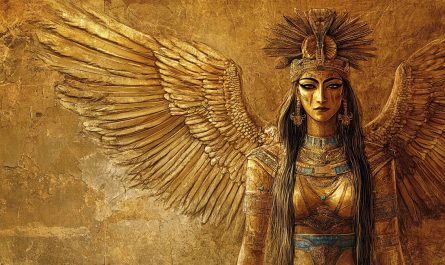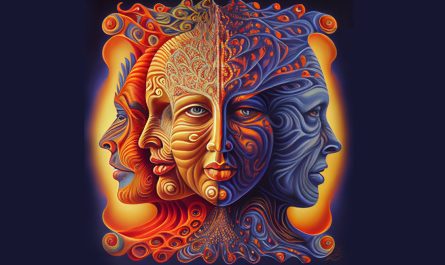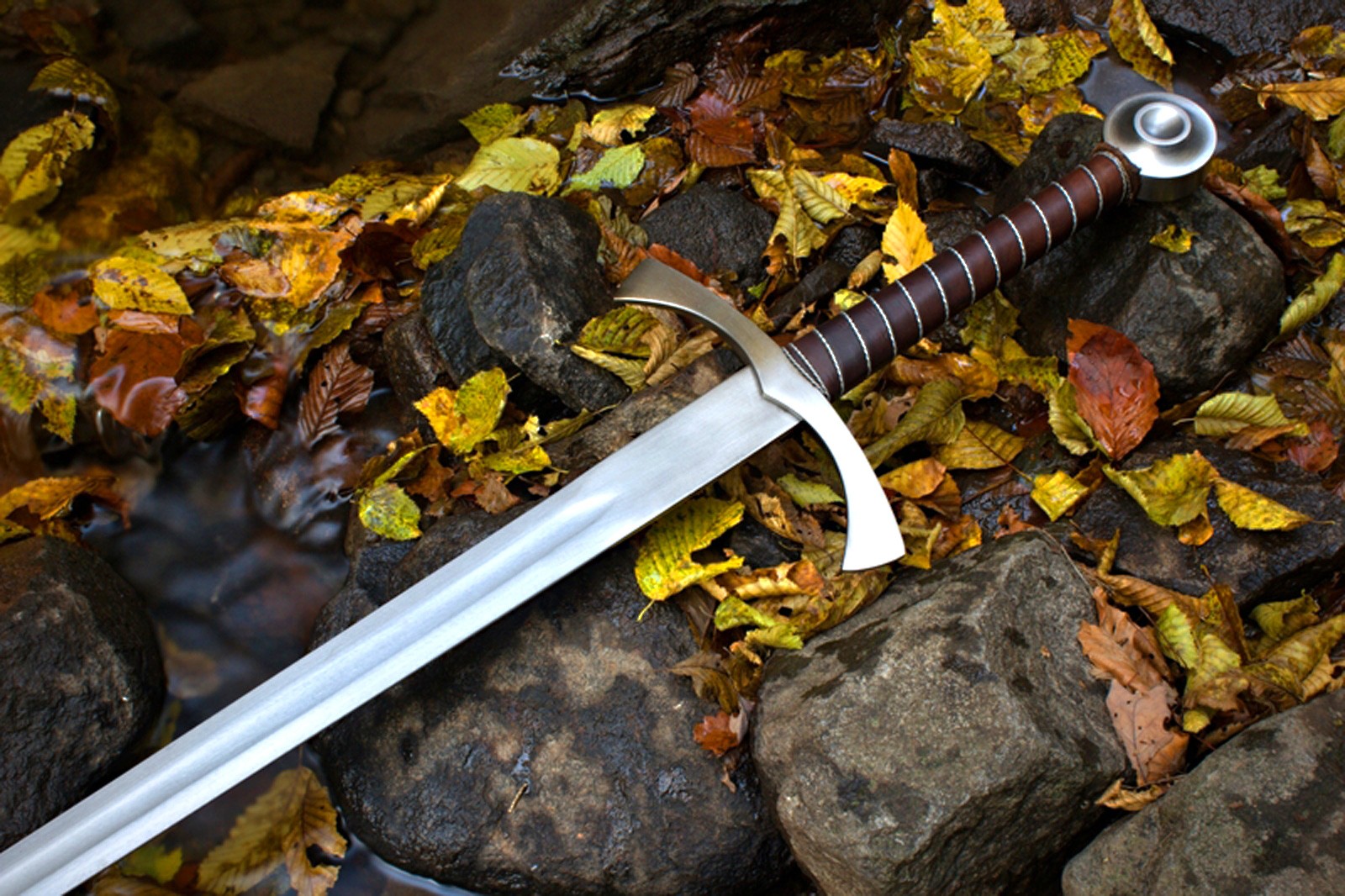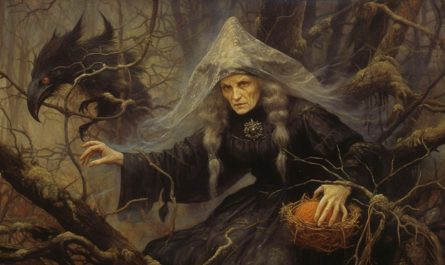Last Updated on October 17, 2023 by Avia
Symbolic archetypes are symbols or patterns embedded in our culture, which can be found everywhere from TV shows to classic literature. Symbolic archetypes are so powerful because they carry a deep, universal meaning that resonates with people from all backgrounds. Because they hold so much gravity in the human collective, I thought it would be neat to explore the concept of symbolic archetypes and how they shape our thinking and behavior. We’ll discuss some of the most common symbolic archetypes and why they remain so influential today. Finally, we’ll look at some examples of how these archetypes can be used to create compelling stories and experiences.
Table of Contents
The Definition of Symbolic Archetypes
There are many definitions of symbolic archetypes, but the most common one is that they are symbols that represent universal ideas. These symbols can be found in stories, myths, and religions from all over the world. Symbolic archetypes represent the human experience, such as love, loss, or hope. A symbolic archetype is an object that has implied meaning. Some symbolic archetypes include the sun, moon, animals, natural objects, seasons, colors, and more.

How Are Symbolic Archetypes Used?
Archetypal symbols are used in a variety of ways. They can be used to represent ideas, concepts, or values. They can be used to represent people, places, or things. Symbolic archetypes can also be used to create a sense of order or structure in a story or narrative.
Examples of Symbolic Archetypes
There are an endless number of ways that symbols can be used to create meaning in our lives. Here are just a few more examples of how symbolic archetypes can be used to enrich our understanding of the world around us:
1) Numbers and mathematical symbols can often take on deep significance in our lives. For example, the number 3 is often seen as a symbol of good luck, while the number one is symbolic of the first, assertion, and action.
2) Colors can also be loaded with symbolic meaning. Red, for instance, is often seen as a symbol of power or passion, while white is often seen as a symbol of purity or innocence.
3) Animals can also serve as powerful symbols in our lives. Dogs, for example, are often seen as symbols of loyalty and friendship, while birds can be viewed as a divine messenger.
4) Even everyday objects like chairs or doors can take on symbolic meaning in our lives. A closed door, for instance, might represent opportunity missed, while an open door might represent a new beginning.
5) Symbolic archetypes can even be found in nature, such as in the changing seasons. Winter might represent death or despair, while springtime might represent hope or rebirth.
A Closer Look at Common Symbolic Archetypes
Now that we’ve talked about what they are, let’s take a look at some highly common symbolic archetypes and their meaning.
Light vs Dark as Symbolic Archetypes
Light and dark are often used as symbolic archetypes in literature and film. They can represent good and evil, order and chaos, or any number of other dichotomies.
In many stories, light is associated with goodness and dark with evil. The classic example is the battle between Darth Vader and Luke Skywalker in Star Wars. Vader is the embodiment of evil, while Luke is the hero who represents all that is good.
Another common use of light and dark symbolism is to represent order and chaos. In The Lord of the Rings, the forces of good are represented by the armies of Elves and Men, who fight against the chaotic forces of Sauron and his Orc minions.
Light and dark can also be used to symbolize any number of other dichotomies. For example, in The Hunger Games, light represents hope and safety, while dark represents despair and danger.
Ocean vs Desert
The ocean archetype is often associated with emotions, intuition, and creativity. People who identify with this archetype tend to be in touch with their feelings and are very intuitive. They may also be creative thinkers and artists.
The desert archetype is often associated with logic, reason, and order. People who identify with this archetype tend to be practical and logical. They may also be organized and detail-oriented.
Both the ocean and desert archetypes have their own strengths and weaknesses. The key is to find a balance between the two – and that is typically what symbolic archetypes such as ocean vs desert attempt to convey in imagery and storytelling.
Seasons as Symbolic Archetypes
In the natural world, seasons are a time for change and new beginnings. Each season has its own energy, its own symbolism, and its own archetypal meaning. Spring is associated with rebirth and growth, Summer with expansion and abundance, Autumn with harvest and Thanksgiving, and Winter with introspection and contemplation.
When we think about our lives in terms of seasons, we can see that each phase has its own gifts and challenges. Just as nature renews itself in Springtime, so too can we renew our lives by setting aside what no longer serves us and making space for new beginnings. In the heat of Summer, we may be called to expand our horizons and take risks. Autumn is a time to reflect on our accomplishments and give thanks for all that we have been blessed with. And in Winter, we may be called to go within ourselves to reflect on what truly matters most to us.
The seasons are more than just a cycle of weather changes – they are also symbolic archetypes that can teach us about the ebb and flow of life itself.
Colors
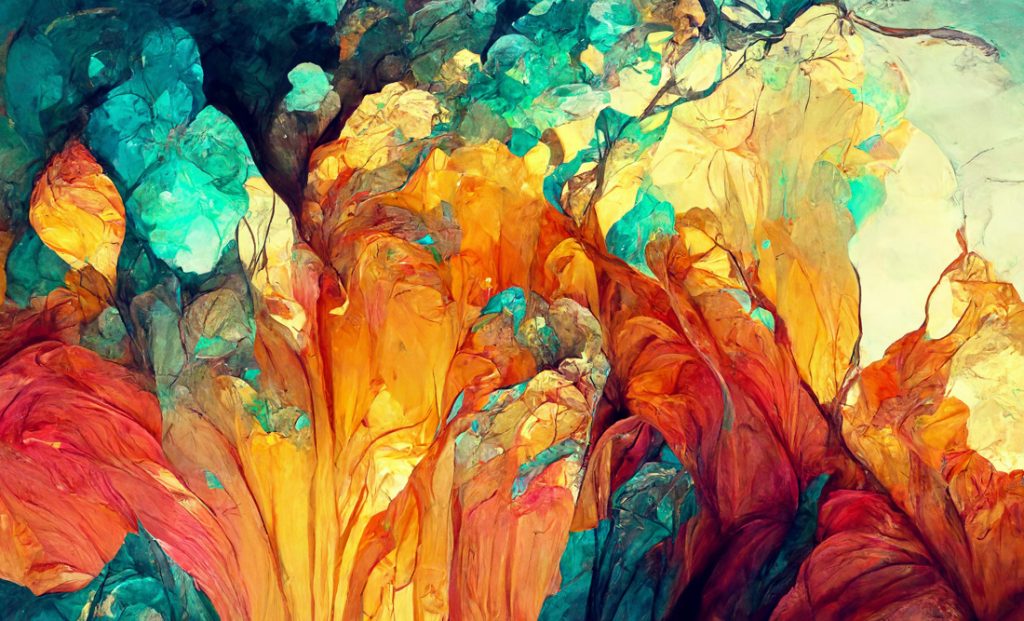
Colors play a big role in our lives whether we realize it or not. They can be associated with certain feelings, events, and even people. When used correctly, colors can be powerful symbols that represent different aspects of our lives.
Red is often seen as a symbol of anger, aggression, and danger. It can also represent passion, love, and power.
Blue is often seen as a symbol of calmness, serenity, and wisdom. It can also represent sadness and loneliness.
Yellow is often seen as a symbol of happiness and sunshine. It can also represent cowardice and deceit.
Green is often seen as a symbol of nature, life, and growth. It can also represent envy and jealousy.
Purple is often seen as a symbol of royalty, wealth, and prestige. It can also represent mystery and magic.
Weather Conditions as Symbolic Archetypes
In literature and film, weather conditions are often used to symbolize the internal emotional states of characters. For example, a stormy night might represent the character’s inner turmoil, while a sunny day might represent their newfound peace. Here are some common weather-related archetypes and what they symbolize:
• Rain: cleansing, new beginnings
• Snow: purity, innocence
• Sunshine: hope, happiness
• Storms: conflict, upheaval
Numbers
In many cultures, numbers are invested with a great deal of symbolic meaning. In some cases, this meaning is derived from the inherent properties of the number itself. For example, the number three is often associated with the concepts of completion, stability, and prosperity. In other cases, the symbolism attached to a number is derived from its place in a larger numerical system. For example, in Chinese culture the number eight is considered to be very lucky because it sounds similar to the word for “prosperity.”
The meanings attached to numbers can also vary depending on the context in which they are used. For instance, the number four is considered to be unlucky in Chinese culture because it sounds like the word for “death.” However, this same number is considered to be very lucky in Japanese culture because it represents the cardinal points of the compass and symbolizes balance and harmony.
Symbolic meanings can also be attached to specific numerical sequences. The most famous of these is probably the sequence known as “the Fibonacci numbers.” This sequence begins with 0 and 1, and each subsequent number is equal to the sum of the two previous numbers. The Fibonacci sequence has been found to occur naturally in many different settings, including populations of animals and plants. It also has a wide range of applications in mathematics, art, and architecture. Some people believe that there is a hidden order and beauty in this sequence that goes beyond its mere mathematical
Trees as Symbolic Archetypes
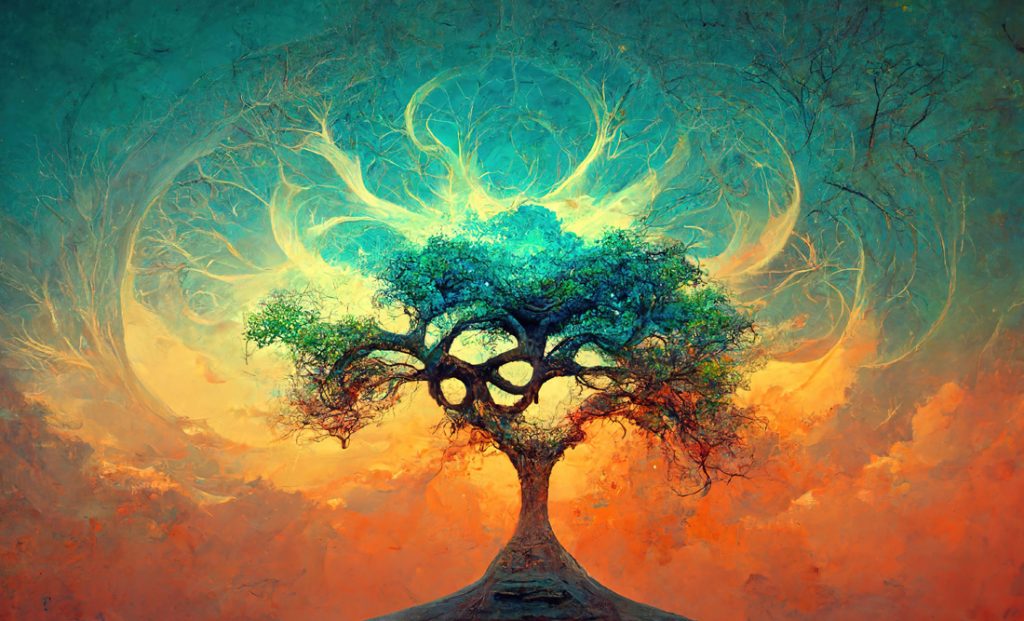
Trees are one of the most ancient and ubiquitous symbols in human culture. They have been used to represent everything from the Tree of Life to the World Tree to the Cosmic Tree. Trees are often seen as symbols of growth, fertility, and strength. They can also represent hope, stability, and shelter. In many cultures, trees are seen as sacred beings with mystical powers.
Trees have long been associated with the feminine principle. In many cultures, trees are considered to be Mother Earth herself. As such, they are often seen as symbols of nurturance, fertility, and abundance. In some Native American traditions, trees are seen as the protectors of the natural world and as bringers of rain and good fortune.
Trees also symbolize physical and spiritual nourishment. In many cultures, they are seen as providers of food, water, and medicine. Trees are also often associated with wisdom and knowledge. In some traditions, they are thought to be dwellings of spirits or gods.
While trees may have different meanings in different cultures, they all embody the qualities of strength, stability, growth, and nourishment. They are symbols of hope and protection that remind us of our connection to the natural world.
Animals, Insects, Birds, Etc.
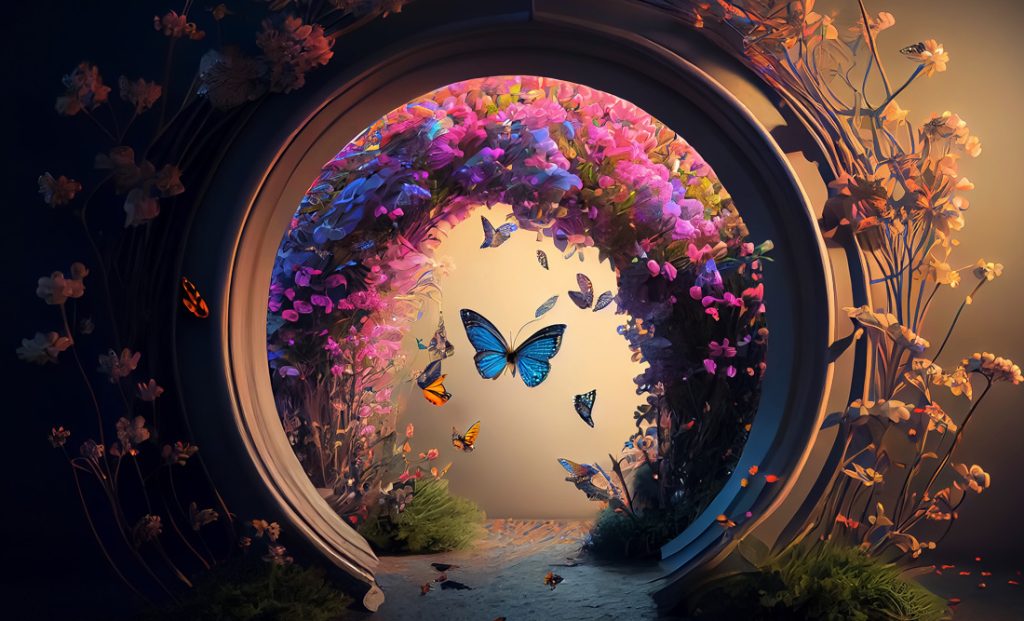
All manner of creatures are often used as symbols in different cultures and religions. In some cases, animals represent specific qualities or characteristics that are seen as positive or negative. For example, a white dove may be seen as a symbol of peace, while a black cat might be perceived as an ominous omen.
There are many different interpretations of what animals symbolize. Some believe that animals can be spirit guides, helping us to understand our own personal journey in life. Others believe that animals can be totems, representing different aspects of our personality.
Whatever your beliefs, there is no doubt that animals can be powerful symbolic archetypes in our lives and in the stories we read and tell. They can help us to understand the world around us and our place within it.
Examples of Character Archetypes
There are many different archetypes that appear in a variety of cultures across the globe. But there’s a difference between symbolic archetypes and character archetypes. While symbolic archetypes imbue meaning in an object, character archetypes are universal personality traits we see in human behavior around the world.
Some of the most common character archetypes include the mother, the father, the child, the hero, the villain, and the trickster. These archetypes can often be found in stories, myths, and films, and each one represents a different aspect of human nature.
The mother archetype is typically associated with nurturing and caregiving. The father archetype is typically associated with strength and authority. The child archetype represents innocence and purity. The hero archetype represents courage and heroism. The villain archetype represents evil and negativity. The trickster archetype represents mischief and deceitfulness.
These archetypes help us to understand the human condition and our place in the world. They can also provide us with guidance in our own lives. When we encounter these archetypes in our own lives, we can use them as symbols to help us better understand ourselves and our relationships with others.
Frequently Asked Questions About Symbolic Archetypes
A symbolic archetype is an object, animal, or person that represents a universal symbol. Archetypes are often used in stories, art, and religion to represent ideas and concepts.
There are many examples of symbolic archetypes. Some common examples include the sun, the moon, the tree of life, a raging storm, and animals – all of these can be archetypal symbols when meaning is imbued within them. These symbols can be found in stories and artwork from cultures around the world – thus telling a story on a symbolic, epic level.
Archetypes help us understand the world by providing a shared language for talking about universal human experiences. By understanding these symbols, we can better communicate our own experiences and emotions. Archetypes also allow us to see familiar patterns in the events of our lives.
Conclusion
Symbolic archetypes are a great way to explore the depths of human emotion and behavior. By understanding how certain symbols can be used to represent these emotions, we can gain a deeper insight into our own experiences and those of others. We can also use this knowledge to create meaningful stories that will resonate with people around us. Symbolic archetypes give us the opportunity to express ourselves in unique ways, which is why they continue to remain so relevant across generations. As always, thanks for reading!
Mighty brightly,

© Copyrighted. All Rights Reserved.





